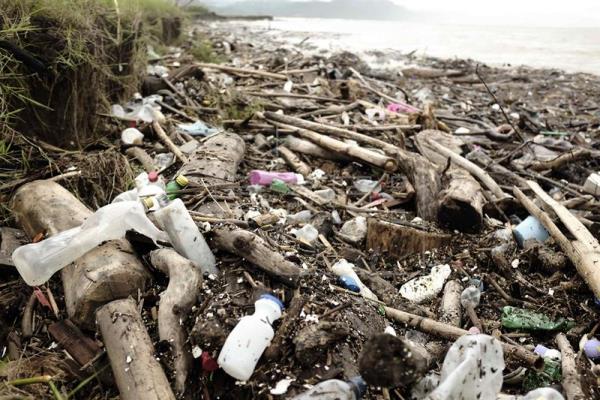In the lush landscapes of Costa Rica, a battle is brewing – not among its famed wildlife, but within its own environmental policies. This Central American paradise, celebrated for its commitment to sustainability, is facing a paradoxical challenge. While prolific in crafting environmental laws, the country stumbles in their execution, especially as budget cuts bite into the institutions meant to protect Mother Nature.
The Contradiction of Costa Rican Conservation
Eco-Laws Galore, Action Not So Much
Over the last decade, Costa Rica’s legislative landscape has been as fertile as its rainforests, with over 100 environmental laws sprouting up annually. However, a glaring gap exists between law and enforcement. The recent State of the Nation Report rings alarm bells, pointing out that merely crafting legal frameworks is not enough to ensure environmental sustainability. In fact, the nation is sinking deeper into an ecological debt.
A Plunge in Environmental Performance
The 2022 Environmental Performance Index (EPI) by Yale and Columbia Universities places Costa Rica at a mediocre 15th in Latin America and the Caribbean, and 68th globally among 180 nations. This is a wake-up call for a country often viewed as an eco-champion.
The Shrinkage of Ecological Footprint
A startling decline has been observed in Costa Rica’s ecological footprint. From a robust reserve of 4.1 global hectares per person in 1961, it’s now at a deficit of -0.9 hectares per person in 2022. The country’s biocapacity has dwindled from 6.6 to just 1.6 hectares per person, a casualty of population growth and other factors.
The Carbon Conundrum
The primary culprit behind this ecological debt is the carbon footprint, an environmental metric measuring CO2 emissions against the land required to absorb them. Unfortunately, Costa Rica’s picturesque veneer masks an underlying struggle with carbon emissions.
Budget Cuts: The Thorn in Environmental Oversight
Resource Starvation for Eco-Watchdogs
Costa Rica’s environmental institutions are bleeding from budget cuts. The National Biodiversity Management Commission (Conagebio) saw a 48% budget slash, the National System of Conservation Areas (Sinac) 32%, and the National Forestry Financing Fund (Fonafifo) 31%. These cuts translate into fewer hours for environmental monitoring and a drop in staff numbers, weakening the country’s ecological guard.
The Puzzling Case of Incopesca
In a curious twist, the Costa Rican Fisheries and Aquaculture Institute (Incopesca) swims against the current with a 64% increase in its budget. This raises questions about the allocation of environmental resources.
A Jungle of Laws, But Where’s the Muscle?
Costa Rica isn’t shy in creating environmental laws, with a record 153 between 2021 and April 2022. Yet, many of these laws are left without the financial muscle to be effective, creating a “democratic promise without support.”
Bottlenecks in Environmental Management
Costa Rican environmental policy is marred by short-sighted goals and a lack of specific territorial focus. Policies often lack clarity on responsibilities and resources for implementation. Moreover, the country struggles with a dearth of technical and scientific information crucial for effective and efficient environmental interventions.
Costa Rica’s Green Paradox
The contrast between Costa Rica’s rich tapestry of environmental laws and the reality of their implementation paints a picture of a nation at a crossroads. The challenge is clear: aligning its green aspirations with concrete actions and resources. As the country navigates this path, the world watches, hoping that this eco-paradise can find a way to match its laws with action, ensuring that its lush biodiversity and environmental commitments aren’t just a facade.


1 comment
[…] Source link […]